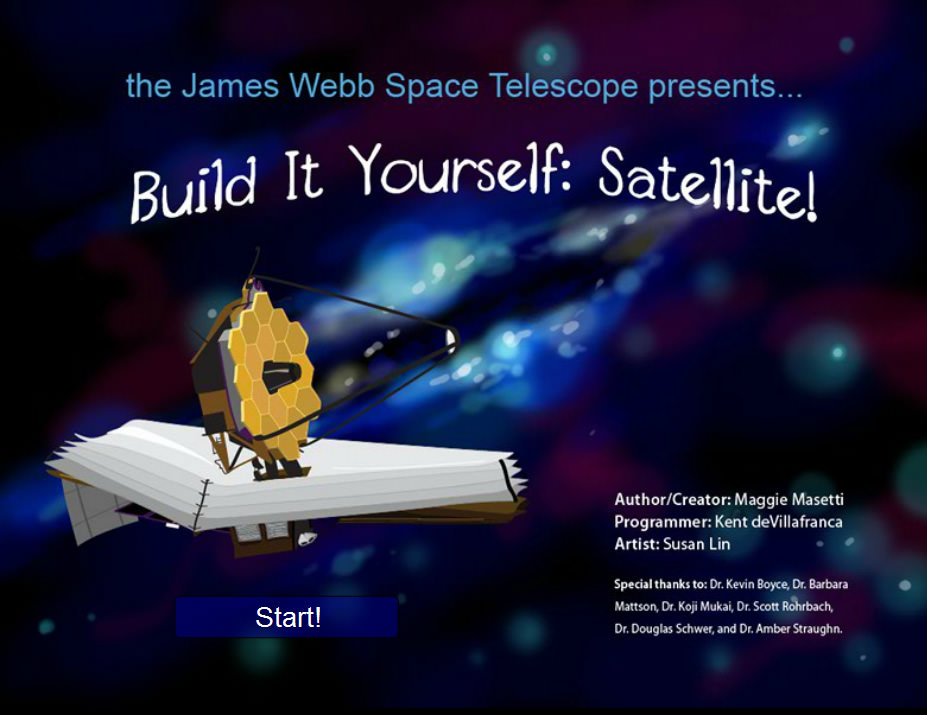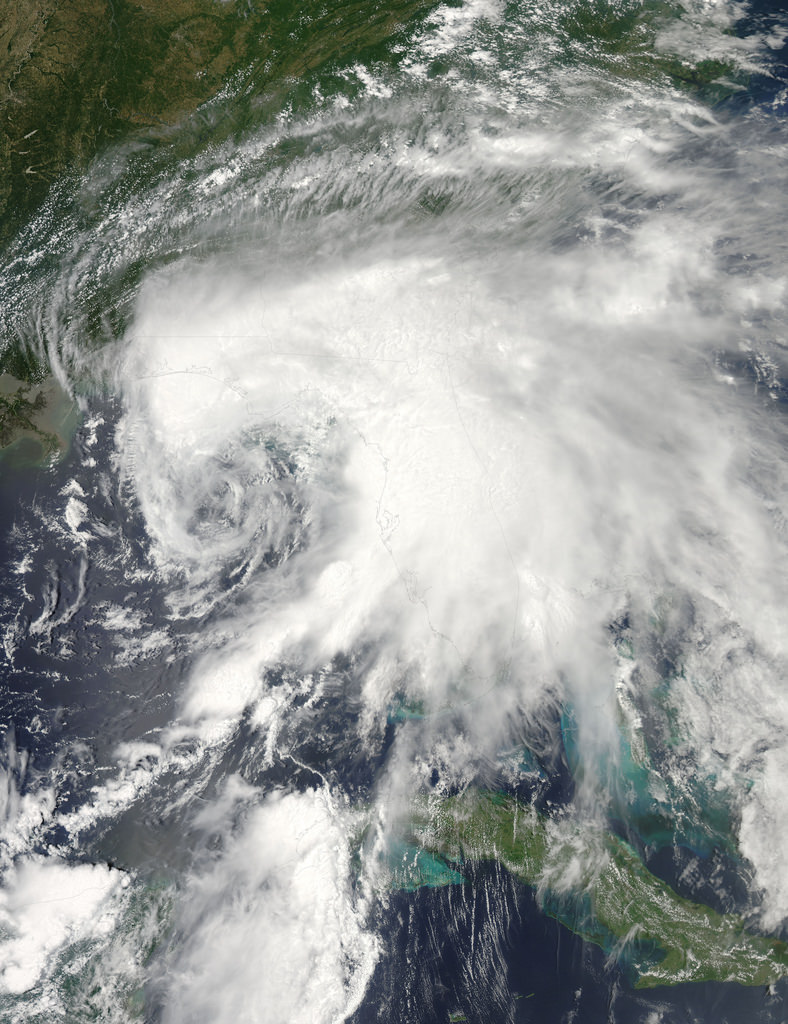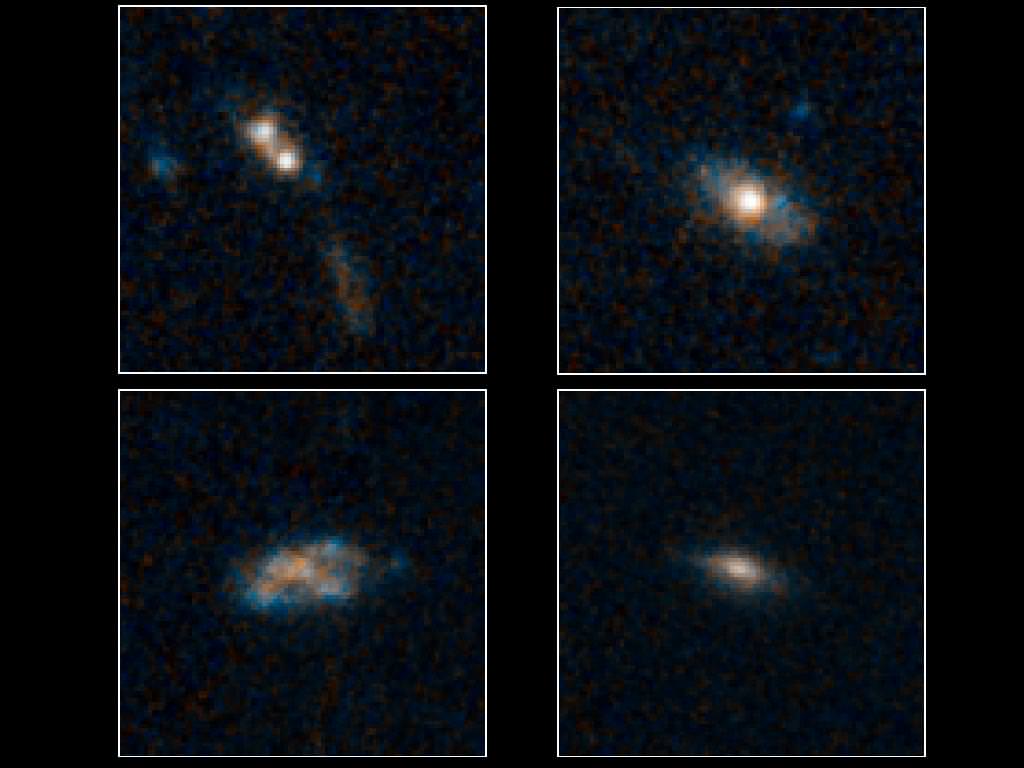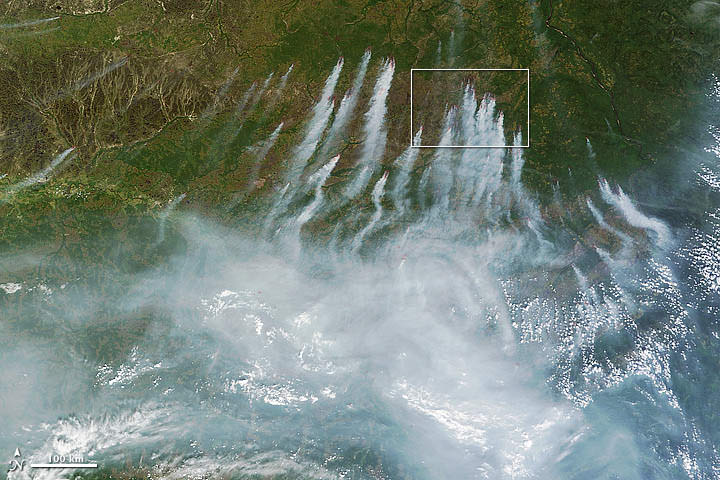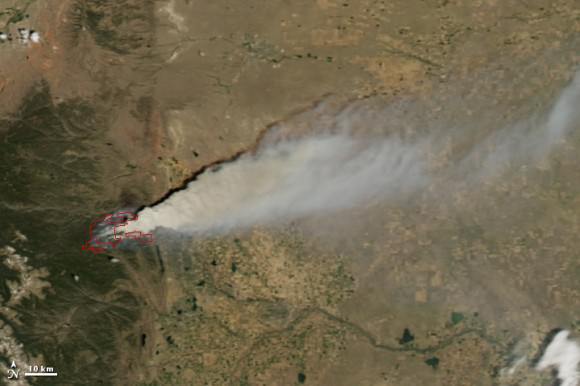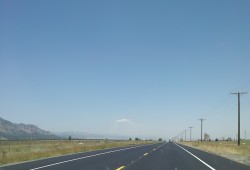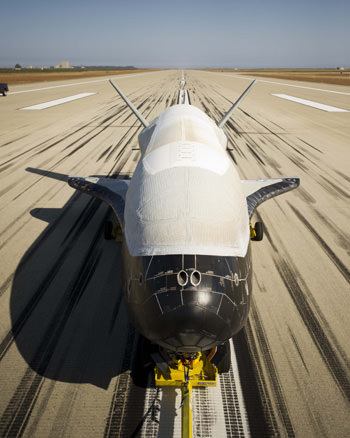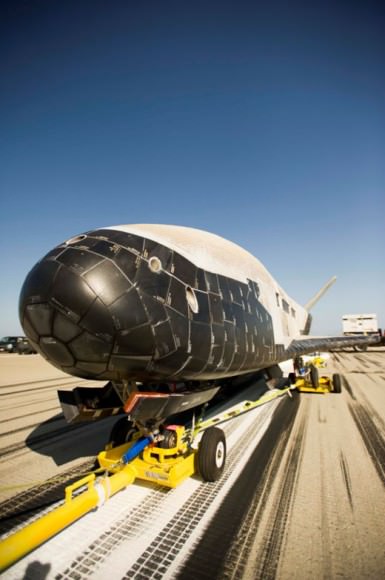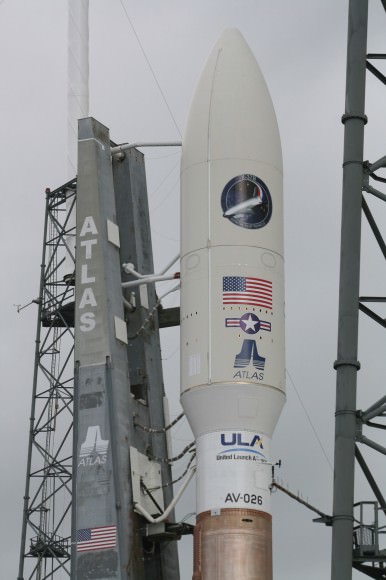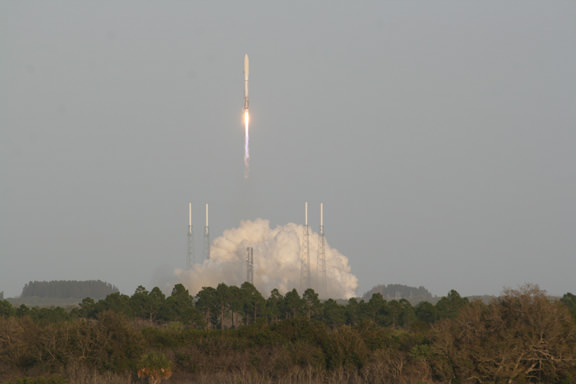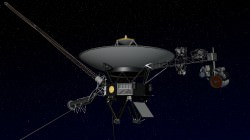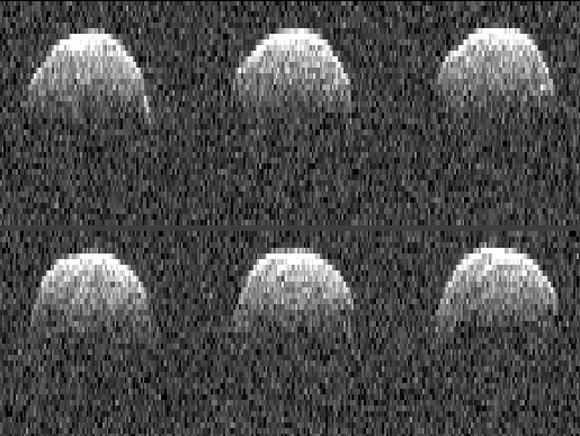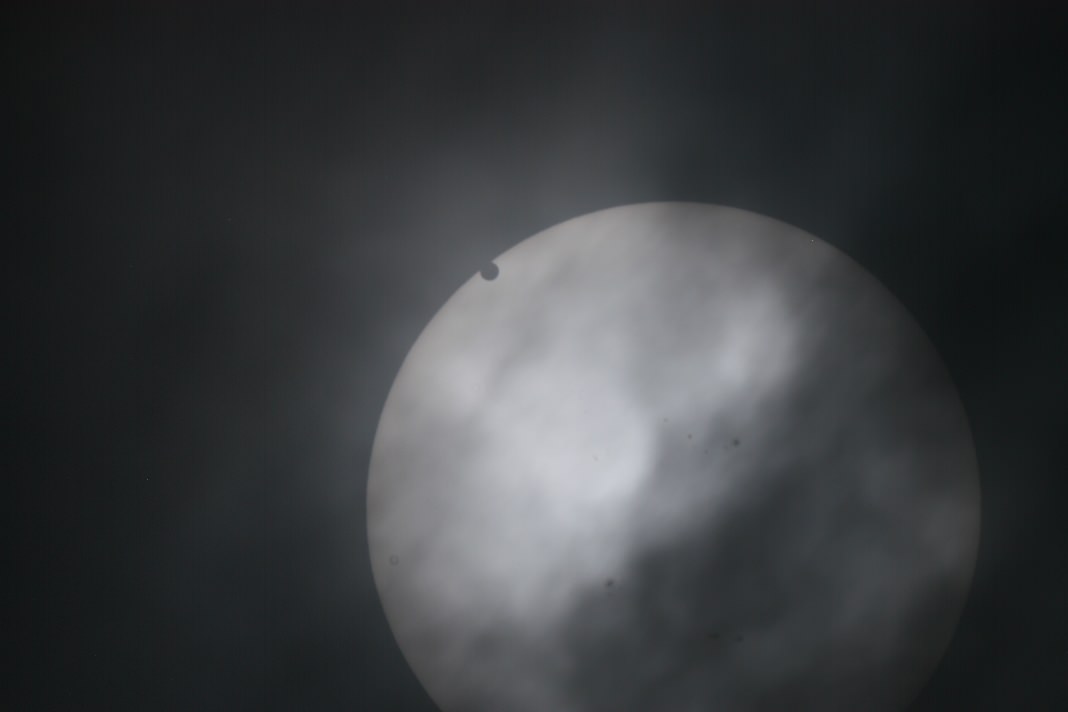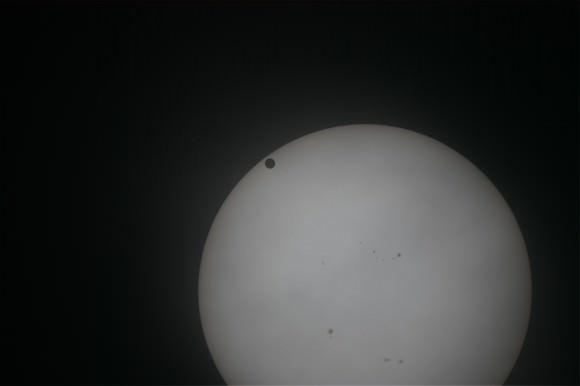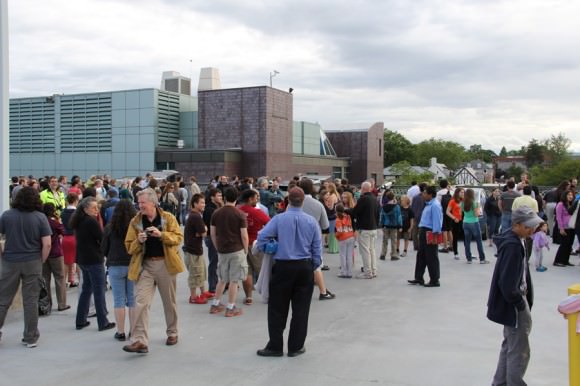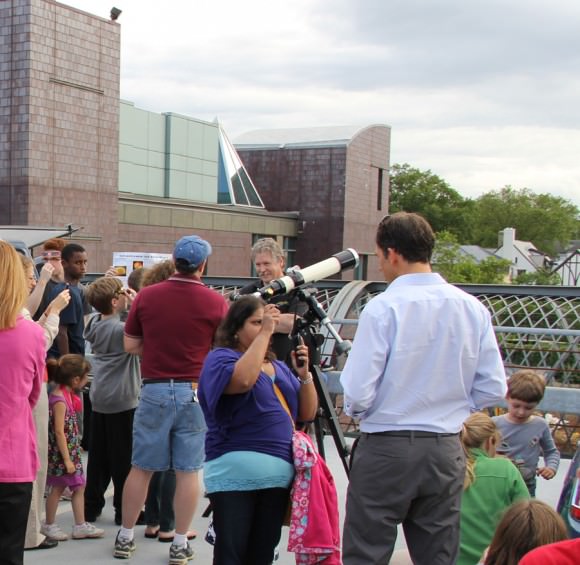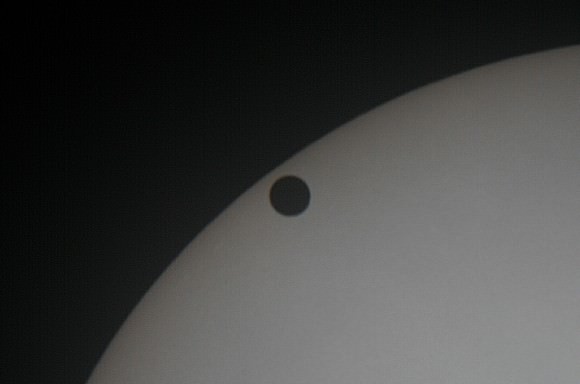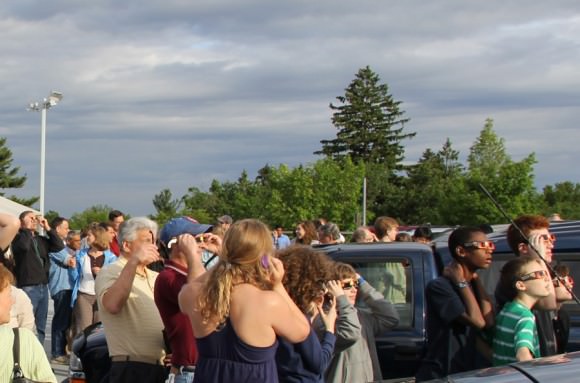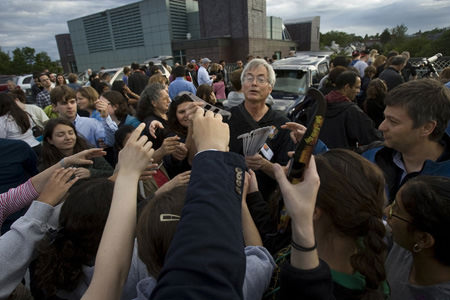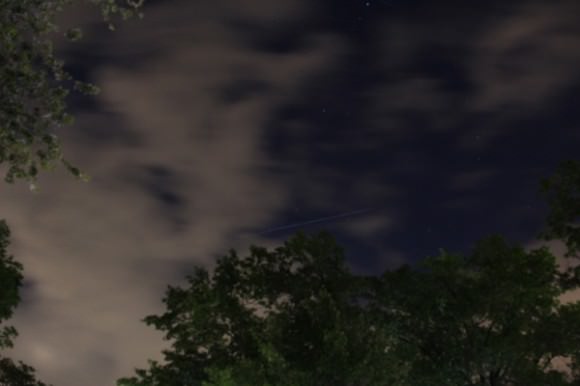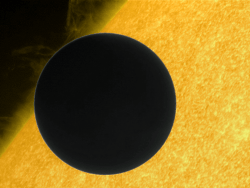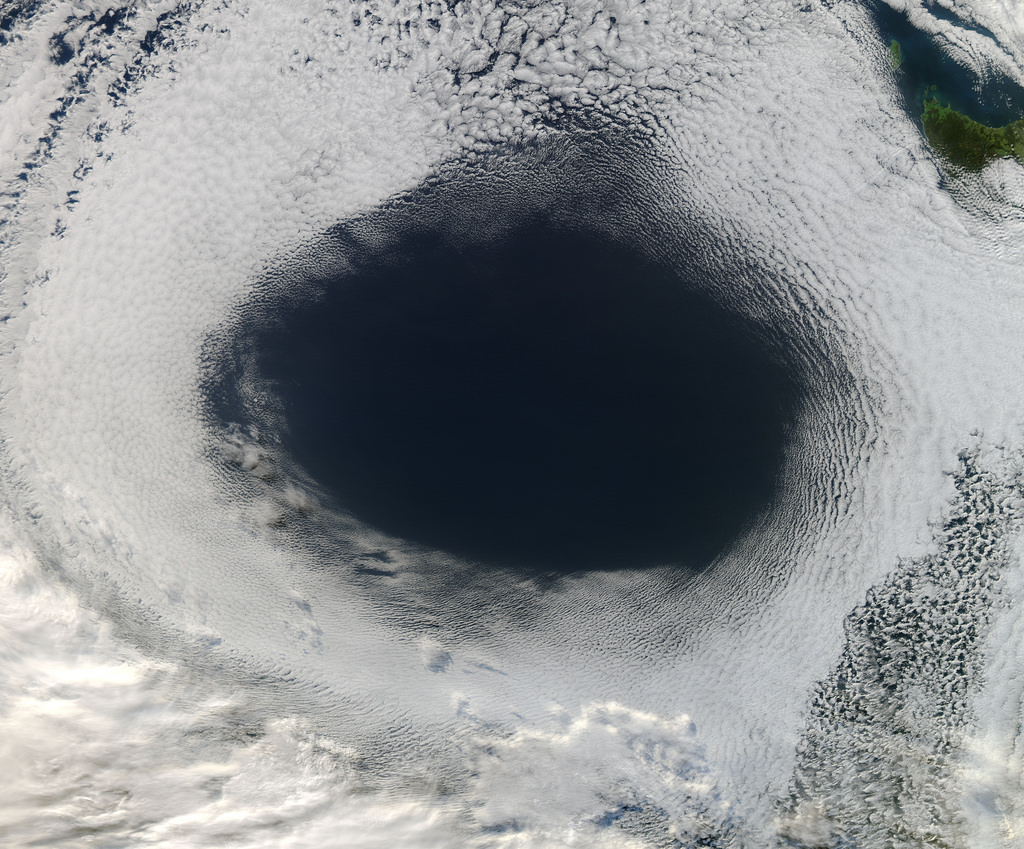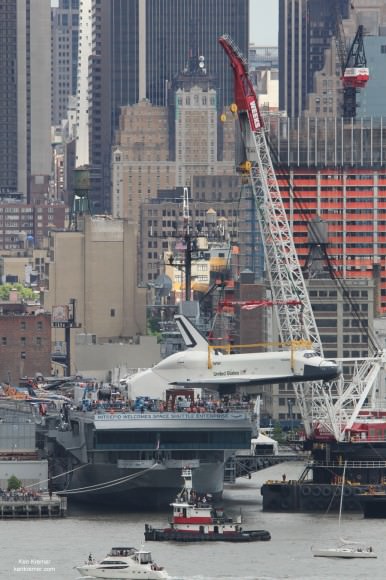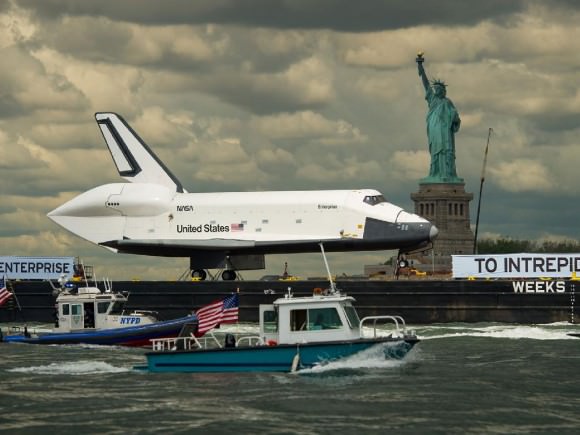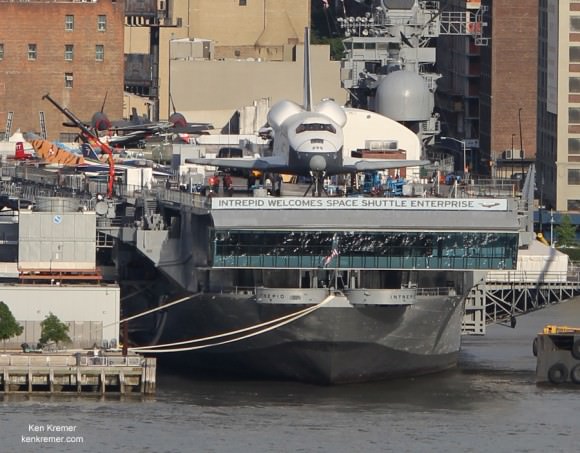Thanks to a new online game from NASA, everyone can be an engineer or astronomer and build a satellite to uncover planets orbiting distant stars, unravel the secrets of a black hole, or tease out the faint glow of the early Universe.
NASA Goddard Space Flight Center in Greenbelt, Maryland, launched the new game, called “Build it Yourself: Satellite!” The Flash-based game, a learning tool for students and adults, is just a click away at http://www.jwst.nasa.gov/build.html.
“It’s fun to play and users will learn something about satellite instrumentation and optics, and how they are used to make scientific discoveries, as well about a large range of different existing astronomical missions,” said Maggie Masetti, NASA webmaster who authored and created the game. Artwork for the game is by Susan Lin and programmed by Kent deVillafranca.
Players begin by choosing what science their satellite will study; whether it’s black holes, star formation, early Universe, galaxies, or explanets. Then online engineers will decide the wavelengths – optical, infrared, ultraviolet – that their spacecraft will study. Finally, a choice must be made on the instruments and optics the mission will carry. Along the way, information bubbles explain each of the pieces you choose. After “launch,” the player sees what the satellite might look like and learn what real mission has data similar to what they created. Along the way, players learn about the different instruments added to various space missions and see the cosmic discoveries they might make.
Players can create a wide-range of satellites from small X-ray telescopes like NASA’s Rossi X-ray Timing Explorer, launched in 1995, to large orbiting telescopes like the NASA/ESA Hubble Space Telescope. Play it right, putting the right pieces together, and you can assemble a satellite superior to NASA’s huge, multi-mirrored James Webb Space Telescope, the original inspiration for the game. The Webb telescope currently is being built and will launch in 2018. With the Webb, scientists will be able to study the Universe nearly to the time of the Big Bang with infrared instruments.
Play the game at: http://www.jwst.nasa.gov/build.html
Find out more information about the James Webb Space Telescope here
Image caption: Front page of the Webb telescope on-line game, “Build It Yourself: Satellite!” Credit: NASA, M.Masetti

